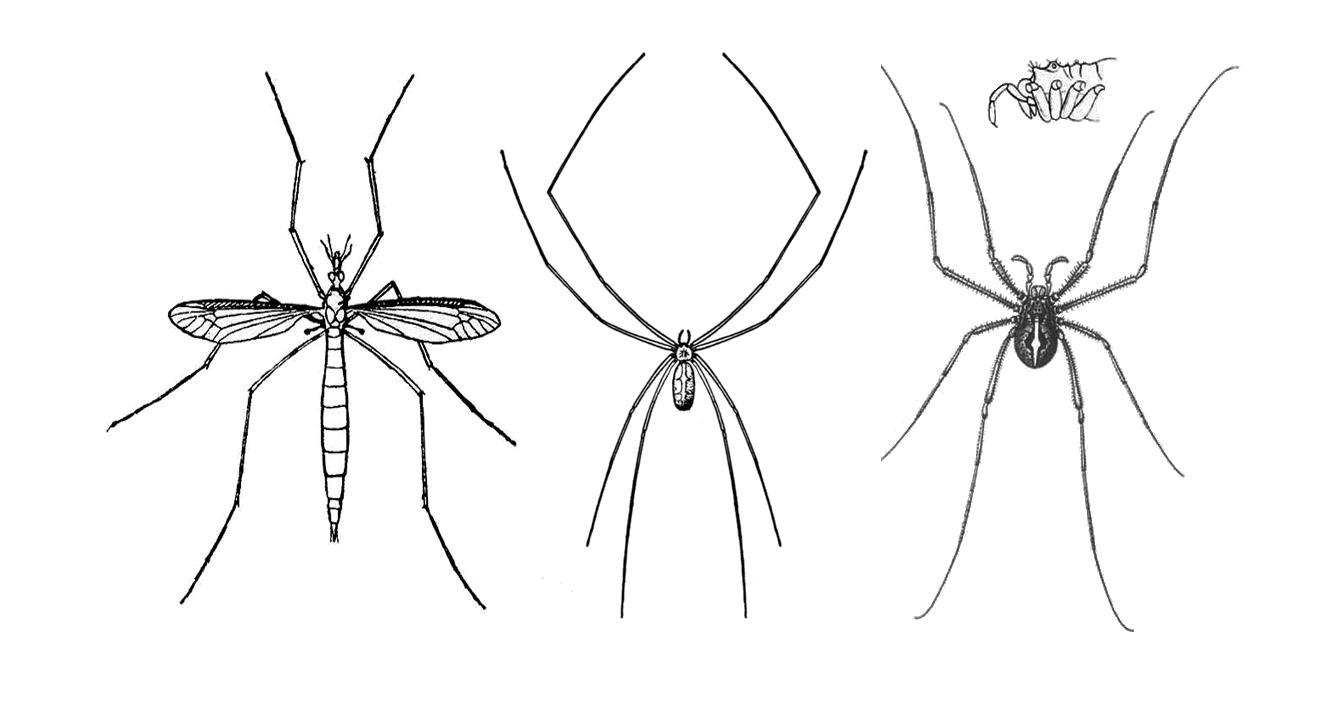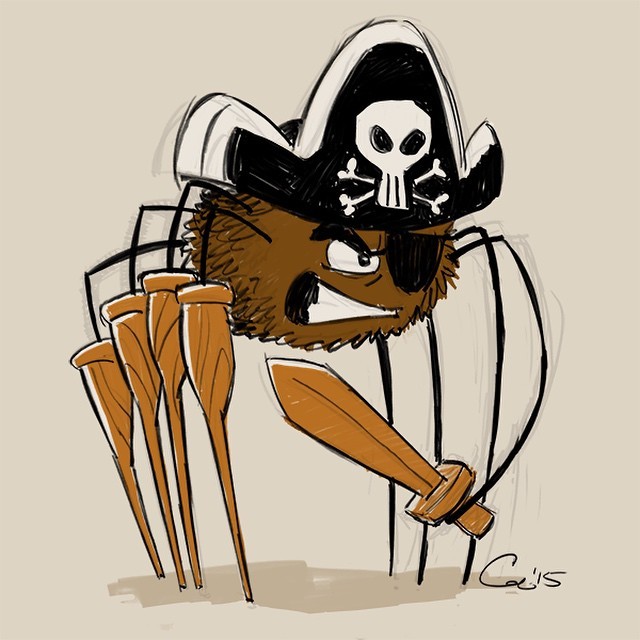
Because these arachnids are spiders, they have 2 body basic body parts (cephalothorax and abdomen), have 8 eyes most often clumped together in the front of the body, the abdomen shows no evidence of segmentation, have 8 legs all attached to the front most body part (the cephalothorax) and make webs out of silk. Previously the common name of this family was the cellar spiders but arachnologists have also given them the moniker of "daddy-longlegs spiders" because of the confusion generated by the general public. These long-legged spiders are in the family Pholcidae.

Scorpions are in the Order Scorpiones, spiders are in the Order Araneae, ticks and mites are in the Order Acari.Īnother creature often called daddy-longlegs is actually a spider. In the animal class Arachnida, there are several lower level divisions called Orders. Most folks who retell this tale have no idea that they are referring to two completely separate groups of animals: "daddy-longlegs" and "daddy-longlegs spiders". But a mongoose considers cobras to be lunch because they are immune to the venom. Cobras are venomous because they have venom which can have a negative effect on some mammals such as humans so the effect in humans is toxic. The correct term for having a negative effect on a target organism is "toxic".Poison oak causes dermal injury in humans but deer readily eat the plant so "poisonous" does not imply universal effect.

Similarly, "poisonous" is an anatomical description of an organism which produces a compound in a gland that is usually transferred by contact or ingestion.There are many venomous animals whose venom works on their insect prey but are harmless to humans. However, "venomous" is an anatomical description and does not necessarily imply universal effect. "Venomous" means an organism has specific glands for the production of venom, ducts to convey the venom through hardened structures (fangs, sting) for hypodermic introduction into a target organism.One area of confusion is with the terms "venomous" and "poisonous" which are not interchangeable.This is incorrect, but to clarify it, several points need to be explained first. I have heard it repeatedly in the United States and even heard a schoolteacher misinforming her class at a museum in Brisbane, Australia. This tale has been lurking around for years. That's life, or not.įrom the body shapes (one segment instead of two distinct ones), I'd say these leggy bugs are harvestmen rather than spiders.Have you heard this one? "Daddy-Longlegs are one of the most poisonous spiders, but their fangs are too short to bite humans" " Cellar Spider Catching a Crane Fly" This video features two of the three leggy bugs meeting for a meal.This video shows a cellar spider vibrating, using the movement as possibly evasion against a perceived predator.Īrachnophobic? The diagram can be terrifying if you are, amusing if you're not. " What happens when you prod a Daddy Long Legs?".This video shows clumped harvestmen scattering, with text that explains basic differences between them and spiders. " Cluster of Daddy Longlegs (Harvestmen) - Ajijic, Mexico".This video differentiates the two leggy arachnids-cellar spider and harvestman. ' Spider Identification: Cellar Spiders and Harvestman Arachnids".Site includes side-by-side images of harvestman, cellar spider, and crane fly. " Myth: Daddy-longlegs would be deadly but.".Video includes clips and narration about all three leggy bugs, with emphasis on the cellar spider. Visit BugGuide's three sites for these leggy bugs, which include tabs for taxonomy, general information, images, and US map of states indicating habitat (Data). Taxonomy/classification for cellar spiders, harvestmen, and crane flies." Daddy Longlegs: Spiders & Other Critters" provides good overview differentiations also, including the following topics: What are the differences between harvestmen and spiders?.What are the similarities between harvestmen and spiders?.What are the differences between craneflies and spiders?.

While the common English insect commonly referred to as a daddy long-legs is in fact NOT a spider, there is actually also a type of spider that is sometimes also referred to as a daddy long-legs and another type of arachnid that is also known as a daddy long-legs.īrits generally use the word daddy long-legs to refer to craneflies – long-legged winged insects which are not spiders.The article has sections for bird's eye views (grin) about comparing and contrasting the three bugs: " Who's the daddy? Are daddy longlegs actually spiders? Are they poisonous and how do you get rid of them?" has a few good passages that describe these bugs. View my pixstrip for rudimentary drawings of the bugs the text indicates very abbreviated animal hierarchy.


 0 kommentar(er)
0 kommentar(er)
